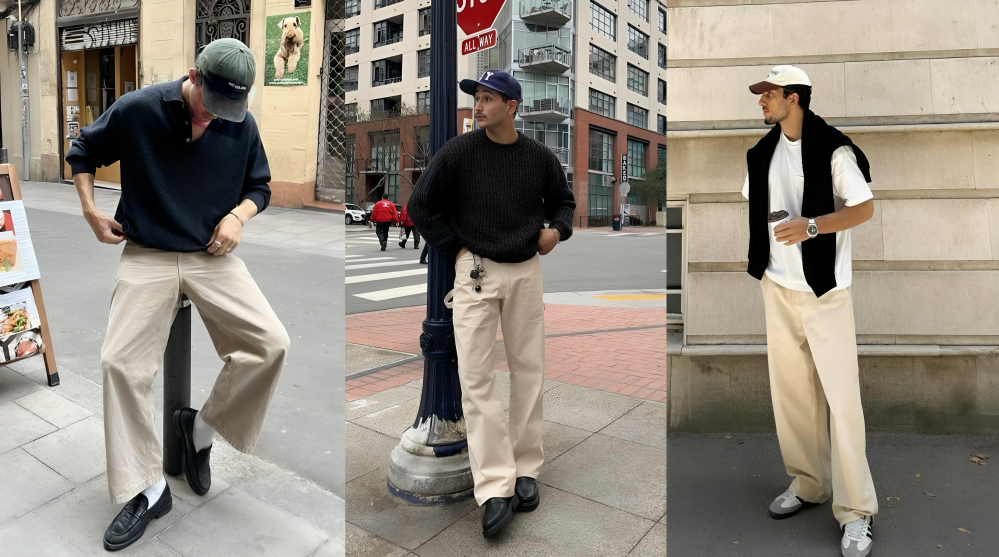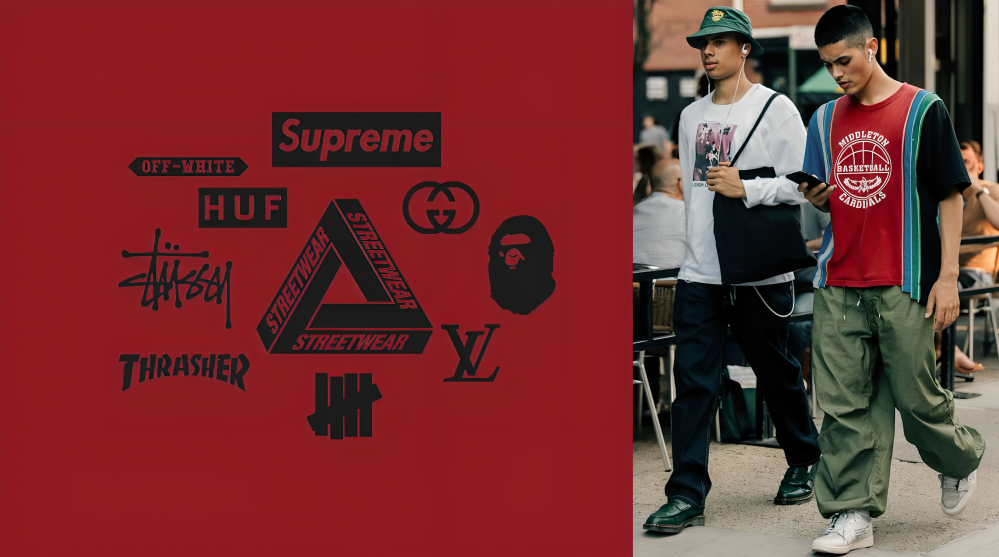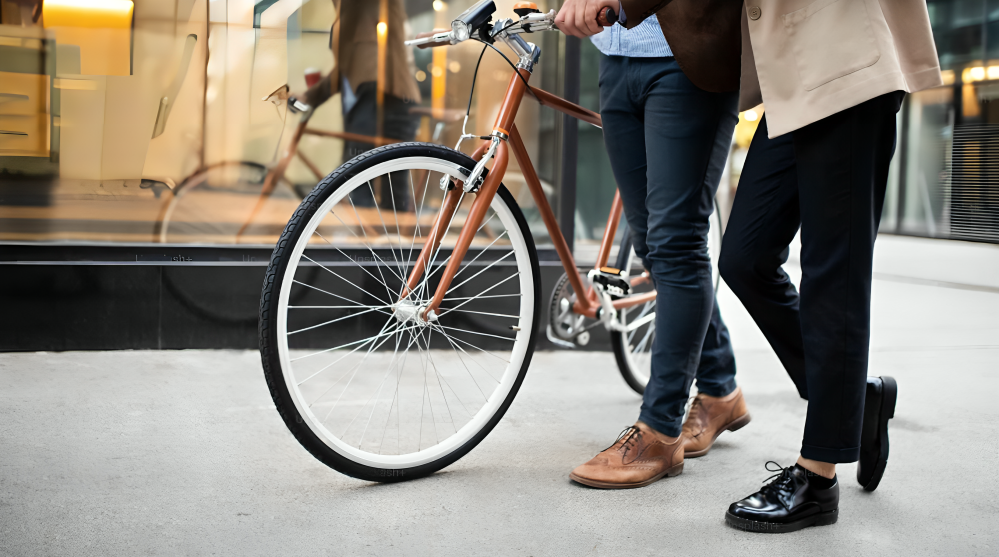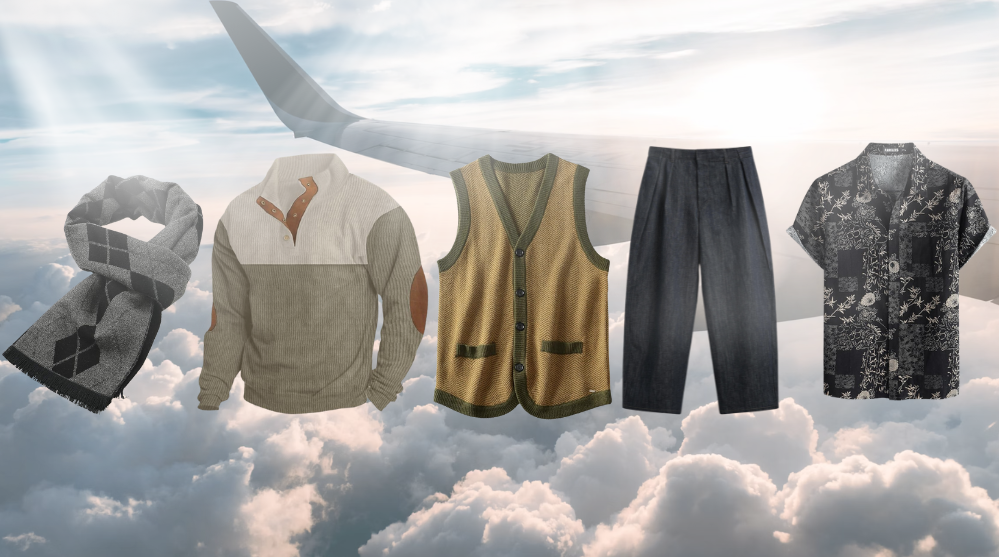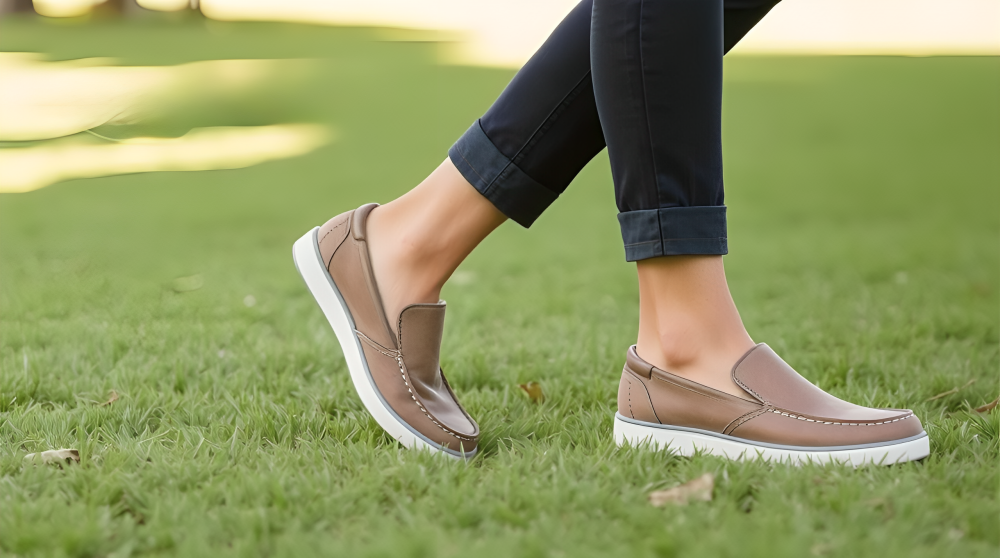Men’s Wide Leg Pants: 2024 Summer Trends
As we step into the summer of 2024, men’s fashion has embraced a comfortable, relaxed silhouette, with Men’s Wide Leg Pants taking center stage. This trend, inspired by retro styles from the 70s through the 90s, has been reimagined for the modern man. But it’s not just about comfort; wide-leg pants make a statement and can be styled in countless ways for almost any occasion. Whether you’re keeping it casual for a day out or dressing up for an event, Men’s Wide-Leg Picks are a versatile choice.
In this article, we explore the best wide-leg picks for the summer of 2024, how to wear them, and why every man should have them in his wardrobe.
The Rise of Wide-Leg Pants
Wide-leg pants have made a significant comeback in recent years, fueled by the fashion industry’s shift towards more inclusive and body-positive clothing. These pants are flattering for a variety of body types and offer unparalleled comfort, especially during the warmer months. Unlike slim or skinny jeans, wide-leg pants provide ample room for movement and breathability.
Why Wide-Leg Pants Are Trending in 2024
Comfort Meets Style: Wide-leg pants perfectly balance comfort and style. They offer freedom of movement that slim-fit trousers often lack, without compromising on aesthetics.
Retro Revival: Nostalgia is a powerful force in fashion, and wide-leg pants are back in style, reminiscent of the 70s and 90s. Designers have updated these classic styles with modern fabrics and cuts, making them relevant for today’s market.
Versatility: Wide-leg pants are incredibly versatile and can be dressed up or down, depending on how you style them. Whether paired with a casual tee or a formal shirt, they add flexibility to men’s wardrobes, which have tended to favor tighter fits in recent years.
Top Picks for Summer 2024

Linen Wide-Leg Trousers Linen is the quintessential summer fabric—lightweight and breathable, perfect for hot days when you need to stay cool while looking stylish. Available in neutral tones like beige, white, and light gray, linen wide-leg trousers can be effortlessly paired with a simple shirt or lightweight blazer.
- Style Tip: Pair linen wide-leg trousers with a loose-fitted shirt and espadrilles for a relaxed summer look. Add a straw hat for an extra touch of sophistication.

High-Waisted Denim Wide-Leg Jeans Denim never goes out of style, and wide-leg jeans are making a strong comeback for summer 2024. High-waisted versions are particularly popular, as they create a flattering silhouette by elongating the legs. Opt for a medium or light wash for a casual vibe, or choose darker shades for a more polished look.
- Style Tip: Tuck in a fitted tee or button-down shirt to balance the volume of the wide-leg jeans. Complete the look with sneakers or loafers for a casual yet cool outfit.

Pleated Wide-Leg Pants For a more formal approach, pleated wide-leg pants are the way to go. The pleats add a touch of sophistication, making these pants suitable for the office or casual events. Typically made from a wool blend or cotton, they strike a perfect balance between comfort and elegance.
- Style Tip: Pair pleated wide-leg pants with a fitted shirt and dress shoes for a polished look. For a contemporary twist, add a slim-fit blazer.

Cropped Wide-Leg Trousers Cropped wide-leg trousers are ideal for showcasing your footwear. These pants hit just above the ankle, adding a modern edge to your look. They’re also perfect for summer, as the shorter length provides extra ventilation, keeping you cool throughout the day.
- Style Tip: Wear cropped wide-leg trousers with statement sneakers or loafers. Complete the look with a short-sleeve shirt or polo for a chic, casual, or semi-formal ensemble.
How to Style Wide-Leg Pants for Any Occasion
Casual: For a laid-back day, pair wide-leg trousers with a basic tee or short-sleeve shirt. Add sneakers or sandals, and finish with accessories like a cap or sunglasses for a cool, relaxed vibe.
Formal: Wide-leg trousers can also be dressed up for formal occasions. Opt for pleated or structured wide-leg trousers in darker tones like navy, charcoal, or black. Pair them with a crisp white shirt and dress shoes. For an added touch of sophistication, throw on a lightweight blazer, provided the dress code allows for some flexibility.
Evening Wear: Wide-leg pants can be glamorous when paired with a well-tailored shirt and complementary accessories. A pair of loafers or dress shoes will elevate the look, while a statement watch, belt, or other accessories can add a touch of personality.
Why Every Man Should Invest in Wide-Leg Pants
Wide-leg pants are more than just a trend; they’re a timeless addition to any fashion-conscious man’s wardrobe. Investing in a few Men’s Wide-Leg Picks this summer will keep you cool and comfortable while ensuring you’re at the height of fashion. Whether you’re headed to work, out for a casual brunch, or attending an evening event, Men’s Wide-Leg Picks offer unmatched style and convenience.
Summer 2024 is all about comfort without sacrificing style, and no garment embodies this better than Men’s Wide-Leg Picks. Their versatility, comfort, and ability to flatter all body types make them a must-have in every man’s wardrobe. Whether you prefer linen, denim, pleated, or cropped styles, now is the time to embrace Men’s Wide-Leg Picks and elevate your summer fashion game.

